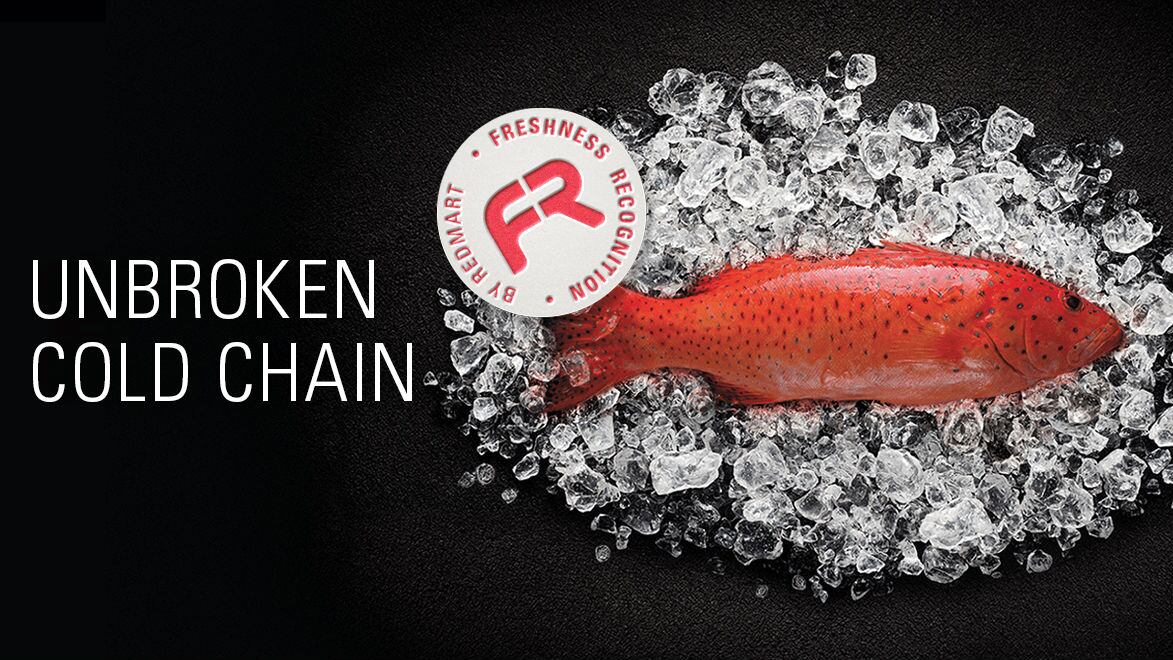The Singaporean firm’s r’ice cream is the second rice-based ice cream in the world, and the first established in Asia, according to Smoocht Co-founder Ong Khai Chien (Khai).
“We believe that our r’ice cream can truly make a difference, in bridging consumers’ paths towards a different, healthier way of eating and thinking, but we’re not so much about the mega agendas or making health claims,” Khai told FoodNavigator-Asia.
“The message here is simplicity, focus on a simple product that can act as a bridge towards healthier choices, and this whole business is founded around that message.”
Straightforward as it may seem, this track has served Smoocht well, as the firm has been seeing rapidly increasing interest in its products despite not having put any extra investment into advertisements or marketing.
“We’re looking to build our market here in Singapore first and expand from there, but already we have been seeing interest from markets like Australia, New Zealand, China, Hong Kong and India,” said Khai.
“The product is definitely ready, but in terms of business propositions, we’re still being cautious and treading carefully in search of the right doors to open.”
He added that a great deal of interest has also been seen in Malaysia, where the company’s factory is located in Batu Pahat, Johor.
“A particular mango company that deals in Malaysia’s famous Harum Manis mangoes came by expressing interest in working with us to produce r’ice cream for the royal family,” he said.
Many of Smoocht’s flavour innovations are centred on localization, for example its tropical series that includes ‘superfruits’ such as jackfruit, soursop, durian and coconut.
“Localisation is also sort of a ‘barrier to entry’ for foreign companies in my view, an area where they cannot compete so efficiently due to supply and such,” explained Khai.
The r’ice creams are mostly currently available in Smoocht’s stores in Singapore at S$3.50 (classic flavours) or S$4.50 (premium flavours) per cup, but pint sales in retail outlets is on the cards too, with planned prices at S$15 (classic), S$17 (premium) and S$19 (super premium) per tub.
“Building up the brand name is key for us at this point. We also want to position ourselves as a fresh produce product like fruits in the supermarkets, as the r’ice cream does not contain any stabilisers and as such is very temperature-sensitive,” he added.
More on the r’ice cream
All of Smoocht’s r’ice cream products are gluten-free, dairy-free, clean label, halal and HCCCP-certified, and use all-natural ingredients with no additives or derivatives.
“We don’t make health claims, but due to the nature of our ingredients, the r’ice creams do carry some natural health benefits,” said Khai.
Organic brown rice milk is the key base ingredient in most of its products.
“Although we do use coconut and other nut milks for some flavour innovations, brown rice milk is still our base key ingredient. In Asia, there are always efforts to incorporate brown rice into diets but with limited success due to the aftertaste, and we are trying to help with that,” said Khai.
“Basically, by putting this brown rice into ice cream, we want to encourage consumers to consume brown rice since a young age and tamper their taste buds to acquire a taste for it.”
Best-selling Smoocht flavours currently are coconut, dark chocolate, durian, matcha and mango-passionfruit.
NPD and upcoming innovations
Looking forward, Smoocht will be working on various feature-centric innovations, such as the incorporation of superfoods or using protein powders to make high-protein r’ice creams.
“For an event earlier this year, we made a special blue spirulina coconut r’ice cream that contained prebiotic fibres – so we’re looking at things like that, as well as using low-GI, sustainable arenga sugar to develop a sea salt arenga flavour.”
The dream, however, is to create a range of what Khai calls ‘ambient’ ice-creams, or non-temperature-sensitive ice creams.
“These will not need any frozen trucks or cold chain to ship, and as such will have the least possible contribution to climate change. The trick is to get the taste and texture right though, and also balance it out with consumers’ instant gratification needs.”




